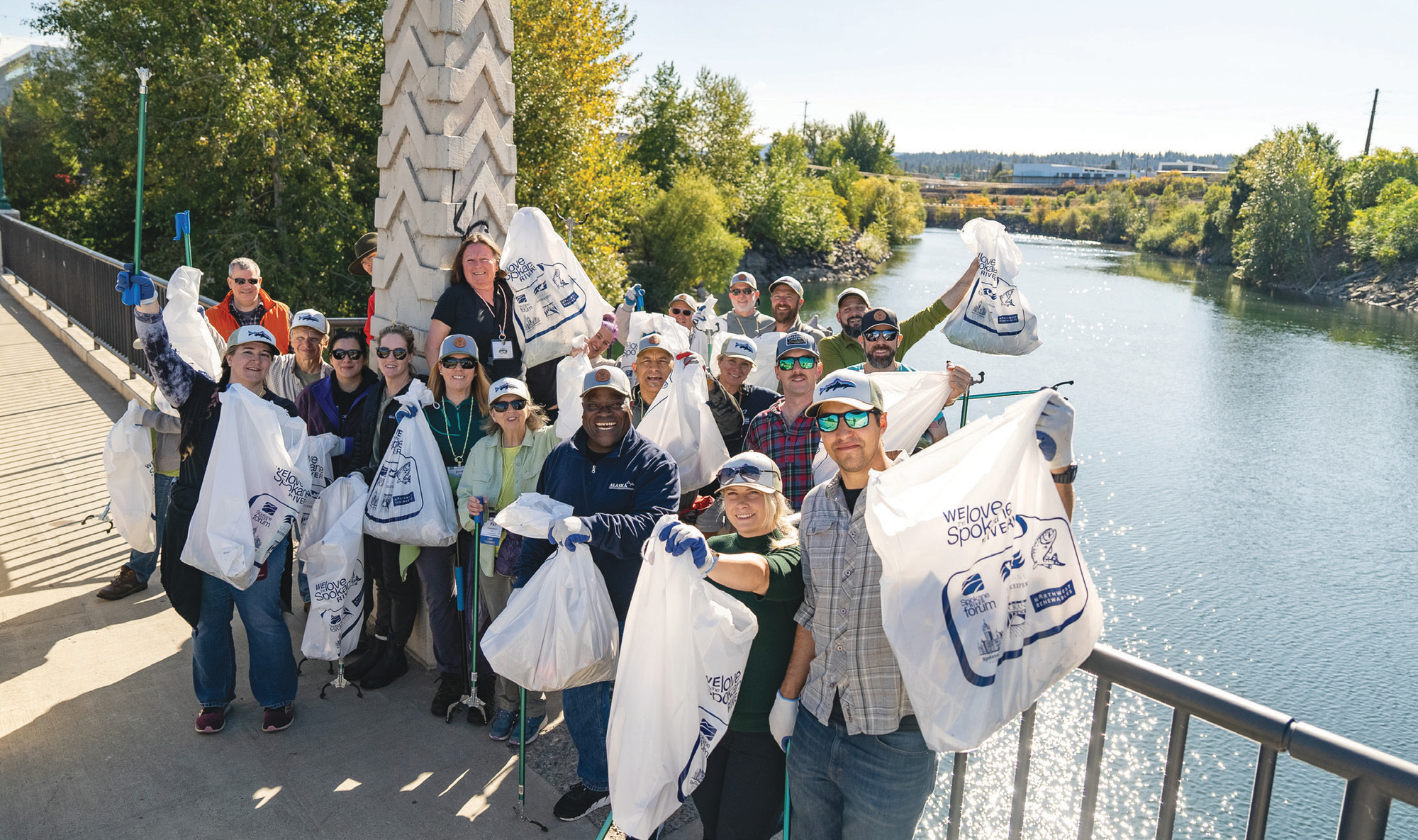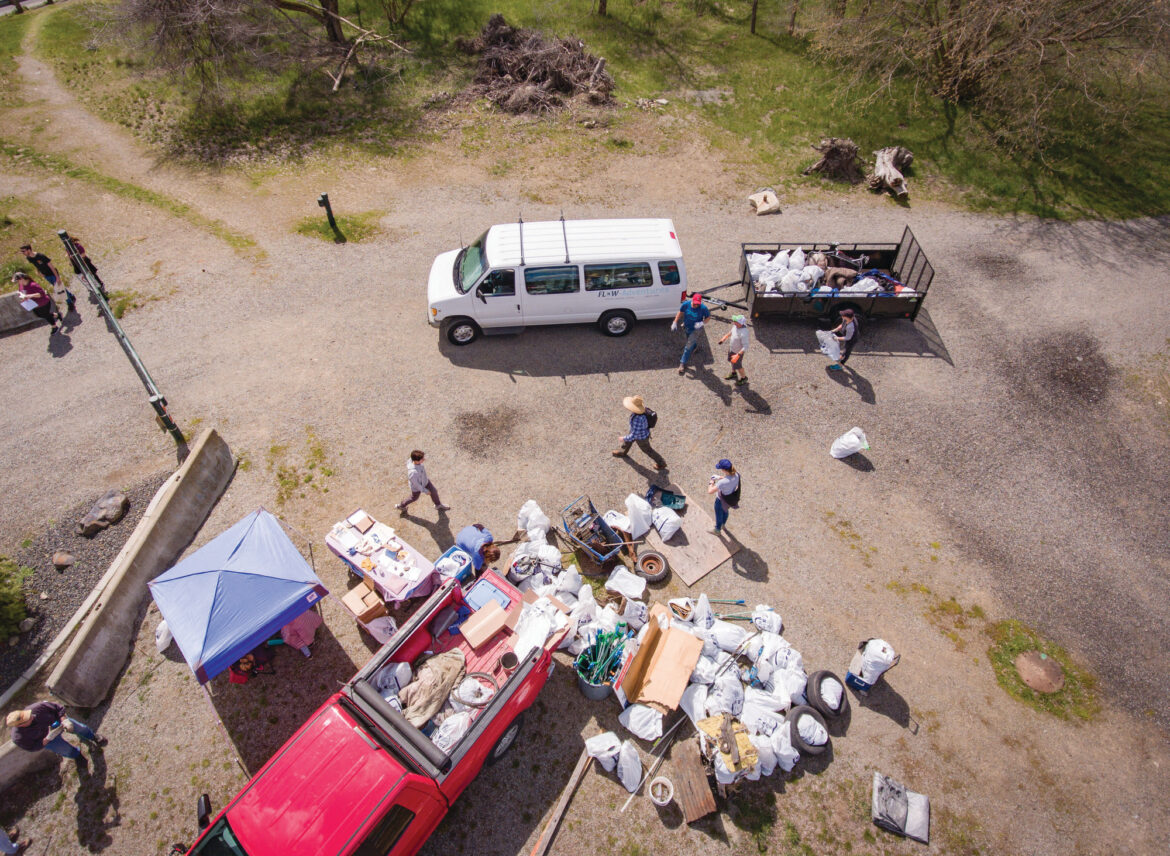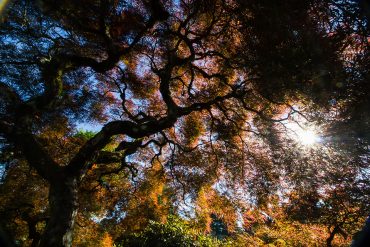Spokane Riverkeeper brings awareness and life back to the Spokane River
written by Daniel O’Neil
Whether rafting, fishing, floating or walking along its banks, the greater Spokane area loves the Spokane River. The waterway flows past tribal lands and public parks and pours right through downtown, connecting people up and downstream and across Washington’s largest eastside community. If something is only as strong as its weakest link, the Spokane area is only as strong as its river is healthy.
The Spokane River has supported riverine life and human civilization since time immemorial. But ever since the City of Spokane’s founding in the late 1800s, industrial and municipal pressures have degraded the river’s health. In 2009, Spokane Riverkeeper formed to protect this aquatic artery.
“Our goal is a clean and healthy Spokane River for everyone to enjoy, including the non-human inhabitants of the river,” said Jule Schultz, the nonprofit’s lead Waterkeeper. “It’s a common environment for everyone, but not everyone can be a policymaker or lead river cleanups. They have other jobs. Our job is to restore and maintain a healthy river for them.”
Over the past century, toxins have accumulated in the Spokane River. Today, additional pollutants like trash and wastewater deteriorate water quality and habitat for plants and animals above and below water. Local policy has begun to address these issues, in part because of Spokane Riverkeeper’s role in outreach and awareness, but also due to legal pressure via the group’s Clean Water Defense program.
“The largest issues have come from Spokane, but Spokane has also put the most back into it, celebrating the river and doing things to clean it up,” Schultz said. Spokane Riverkeeper breeds new connections between Spokanites and the river. Cleanup initiatives, for example, annually remove 40,000 pounds of trash from the river and creeks.

Photo by Joshua Duplechian/Trout Unlimited, courtesy of Spokane Riverkeeper
“That’s a river connection,” Schultz said. “We’re collecting trash from places that people may never have been to along the banks of the Spokane River and our local creeks. We’re connecting people to the river to get them to love it.”
Spokane Riverkeeper also participates in restoration programs that plant trees along the banks and the bottoms of floodplains in the Spokane River. The group’s community science program engages local residents in simple yet crucial ways. Some volunteers regularly collect water samples to evaluate turbidity in the river. Others catch crayfish to be tested for mercury. Actions like these make citizens into stakeholders and gradually help improve fish habitat.
While redband trout has become the river’s iconic fish, its salmonid cousins tell a broader story. Until dams blocked fish access to the Pacific Ocean, various runs of salmon thrived in the Spokane River and its tributaries. The indigenous Spokane people ate and traded their ample supply of salmon, and that fish formed an integral part of their culture and identity. Now the Spokane Tribe of Indians and partners, including other tribes and Spokane Riverkeeper, are bringing salmon back.
Using state, federal and other funding, the twenty-year plan has already reintroduced summer chinook to the Spokane River watershed for cultural, scientific and educational purposes. Once completed, the effort will provide food security, cultural significance and added nutrients for the river.
“Spokane Riverkeeper’s role in the watershed is really important in helping make sure that when these fish return, they have a clean, cold river and adequate habitat,” said Conor Giorgi, anadromous fish program manager for the Spokane Tribe of Indians. “They’ve been able to reach audiences and help draw people back to the river, especially regarding the history of the Spokane River, which has been heavily used for industrial and municipal purposes. The Riverkeeper has helped people see the nature and the beauty in it.”
The arrival of Spokane Riverkeeper has coincided with a resurgence of respect for the water that tumbles through the city. The momentum is not lost on Schultz. “In the last ten years, we’ve gone from treating the river as a polluted toxic mess to really trying to embrace it, clean it up and drive people to it as a centerpiece of our community.”
For information on how to donate or get involved, visit www.spokaneriverkeeper.org







